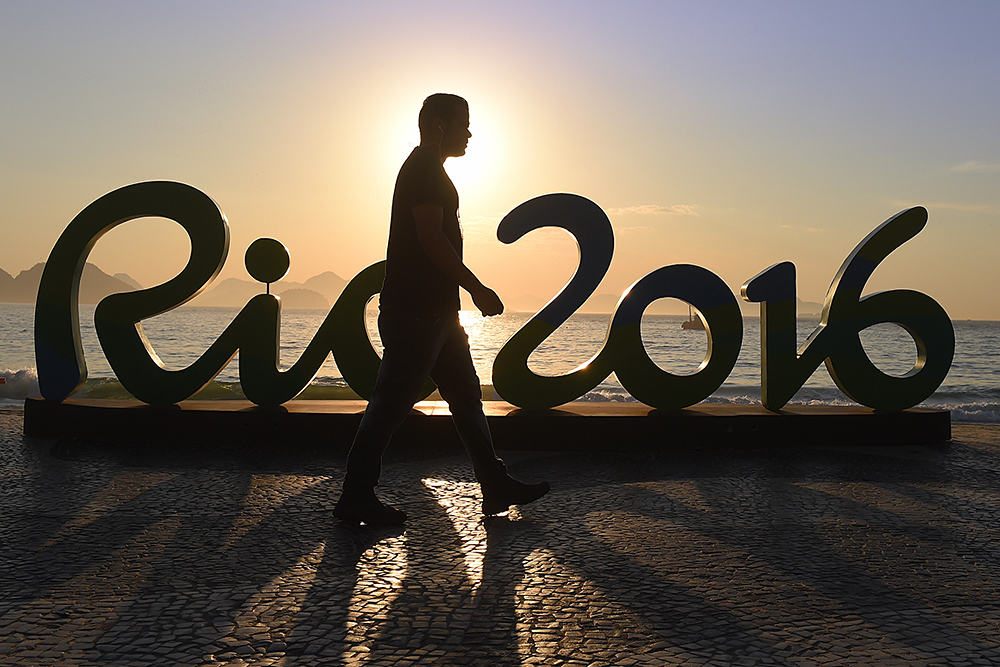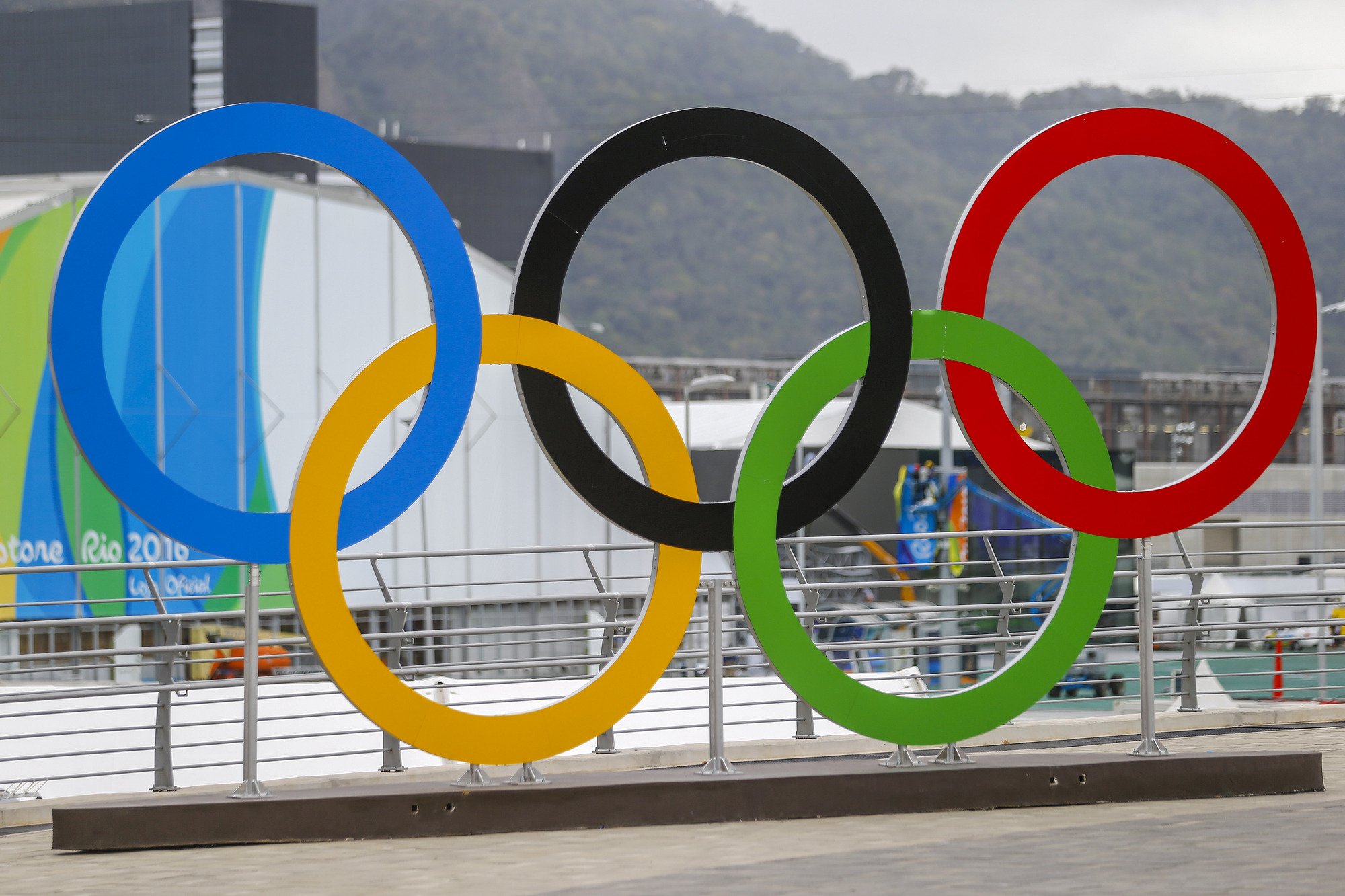WADA Independent Observer report highlights anti-doping deficiencies in Rio Olympic Games
Testing lab gets high marks, but Rio 2016 rife with lack of coordination




The World Anti-Doping Agency published the report from the Independent Observers who monitored doping controls at the Olympic Games in Rio today. The report praised the Brazilian Doping Control Laboratory (LBCD) but was highly critical of the accommodations made for doping control officers (DCOs) by the Rio 2016 organisation.
The targeted testing rate was not reached due to numerous logistical issues. The list included: insufficient education of DCOs, a lack of chaperone volunteers, lack of trained phlebotomists for blood collection, unclear whereabouts information on athletes, disorganisation with training and scheduling DCOs, lack of access to computers for DCOs and poor coordination for transport and housing.
The Test Distribution Plan for the Olympics called for the collection and analysis of 4,480 urine samples, 450 blood samples, and 450 Athlete Biological Passport blood samples for a total of 5380 tests.
After running into a long list of problems in the Olympic village, DCOs only collected a total of 4882 tests of 3237 athletes across the Games. (4,037 urine, 411 blood, 387 blood+ABP, 47 ABP blood).
The primary problem? Finding athletes to test them. The whereabouts information entered into the ADAMS system was not detailed beyond "Athlete's Village" - a sprawling, 30-building complex that housed some 18,000 people.
"Ultimately, many athletes targeted for testing in the Athletes Village simply could not be found and the mission had to be aborted On some days, up to 50 percent of planned target tests were aborted in this way," the report stated.
"These various logistical issues were foreseeable and entirely avoidable, which makes their occurrence all the more disappointing. The aggregate effect was to strain the basic sample collection process at competition venues and in the Athletes Village DCS close to breaking point," the report stated.
Get The Leadout Newsletter
The latest race content, interviews, features, reviews and expert buying guides, direct to your inbox!
Although the doping control personnel found a way to complete the majority of the planned test, problems extended to data entry, with a lack of cross-checking resulting in nearly 100 samples analysed by doping control laboratory not being matched to an athlete.
The LBCD reported non-conformities (missing or incorrect paperwork, incorrect collection tubes, etc.) "in about 30 percent of the samples received, compared to a rate of about 10 percent at the 2012 Games in London", the report stated.
Out-of-competition tests introduced to the Games
For the first time in Olympic history, there were both In- and Out-of-Competition testing during the Olympic period.
"Whereas in previous Games, the IOC had defined the In-Competition period as encompassing (for all participating athletes) the entire period for which the Athletes Village was open, in Rio for the first time it changed this to the period commencing 12 hours before a Competition in which the Athlete is scheduled to participate through the end of such Competition and the Sample collection process related to such Competition.
"As a result, testing of athletes in Rio, including in the Athletes Village, in the days leading up to their competitions counted as Out-of-Competition testing," the report stated.
Culling the herd
Leading up to the Games, the Rio 2016 Pre-Games Intelligence Task Force worked for five months to formulate a pool of 1,333 athletes to test based on intelligence, test histories or other criteria. The effort was limited to 10 sports, cycling included, and focused on the "highest risk" athletes. The relevant sports federation or national anti-doping organisation was then asked to fill gaps in testing or whereabouts for the athletes.
Only a third were accepted and fulfilled, resulting in 15 adverse analytical findings (AAFs).
"Even though the tests were conducted less than two months prior to the Games, eight of the AAFs were for anabolic steroids and two were for GHRPs (Growth Hormone Releasing Factors), potentially indicating that the athletes in question had not expected to be tested and thought they could dope right up to the Games with impunity," the report stated.
Additionally, re-testing of the 2008 and 2012 Olympic Games samples using more advanced testing than was available in those years resulted in 98 more AAFs, and the athletes were provisionally suspended from competition.
Three Russian track cyclists were barred from the Olympic Games before the start of competition.
"This swift action by the IOC directly protected the integrity of the Rio Games: 41 athletes whose Beijing and/or London samples re-tested positive were on the original long list for the Rio Games," the report stated.
The only cyclist to test positive during the Olympic period was Brazilian Kleber Da Silva Ramos.